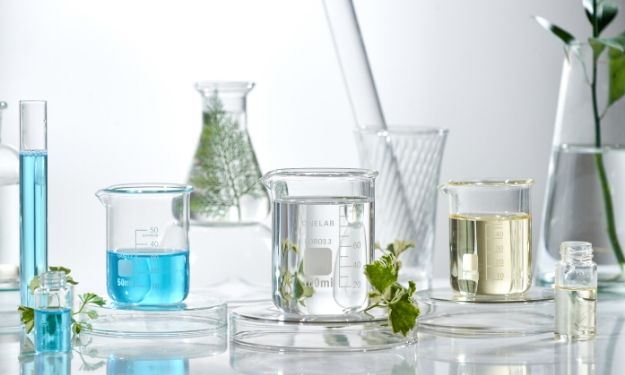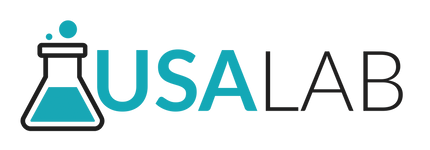Trends in Laboratory Design for 2020
Apr 2nd 2020

As the demands of scientific industries continuously shift and develop, so too do laboratory design trends. In the coming year, new trends are emerging to accommodate for the ever-changing science industry, which is experiencing the need for shorter research and development timeframes and shifting research priorities. Such trends are shaping the industry and resulting in safer, more flexible, and more efficient lab environments. Keeping up with evolving trends is essential for ensuring the success of facilities in the exceedingly competitive laboratory industry. Here are some of the most prevalent trends in laboratory design for 2020.
Enhanced flexibility
Flexibility is one of the top priorities for many laboratories in 2020. As research priorities continue to rapidly shift, it is essential for labs to be able to adjust accordingly to accommodate various kinds of research. Thus, flexible laboratories that allow for easy reconfiguration are becoming not just a trend, but a necessity in the coming months. To allow for such flexibility, laboratories may feature movable benches, unassigned workspaces, and other types of modular and interchangeable furniture and equipment.
Collaboration-oriented design
An increased focus on collaboration in laboratories is on the rise in 2020. As such, laboratory design will often feature more open, teamwork-oriented layouts. Further, there will likely be a decrease in individual workstations in exchange for more open spaces that improve visibility among lab patrons and promote collaboration. The focus on collaborative laboratory design is expected to be especially prevalent among universities and STEM-oriented schools in which teamwork in research is becoming increasingly prioritized.
Increased sustainability
Amid a growing concern for the environment, laboratories are featuring increasingly sustainable designs. In addition to the obvious environmental benefits to improving the sustainability of lab design, laboratories also recognize the financial benefits. By featuring a more sustainable lab design, the ability to reduce laboratory expenses because of lowered energy costs is highly attractive to many research facilities. Examples of ways laboratories are increasing the sustainability of their laboratory designs include implementing energy-efficient equipment, reducing plastic consumption by using more glassware, and creating a layout that improves the ease of recycling.
If you’re in the process of updating your laboratory’s design and require new equipment, USA Lab Equipment can help. We offer a variety of high-quality new and used lab equipment at competitive prices. Our products range from general glassware to specialized short path distillation equipment. To supply your lab with the high-quality equipment it requires to succeed, shop USA Lab Equipment today.

